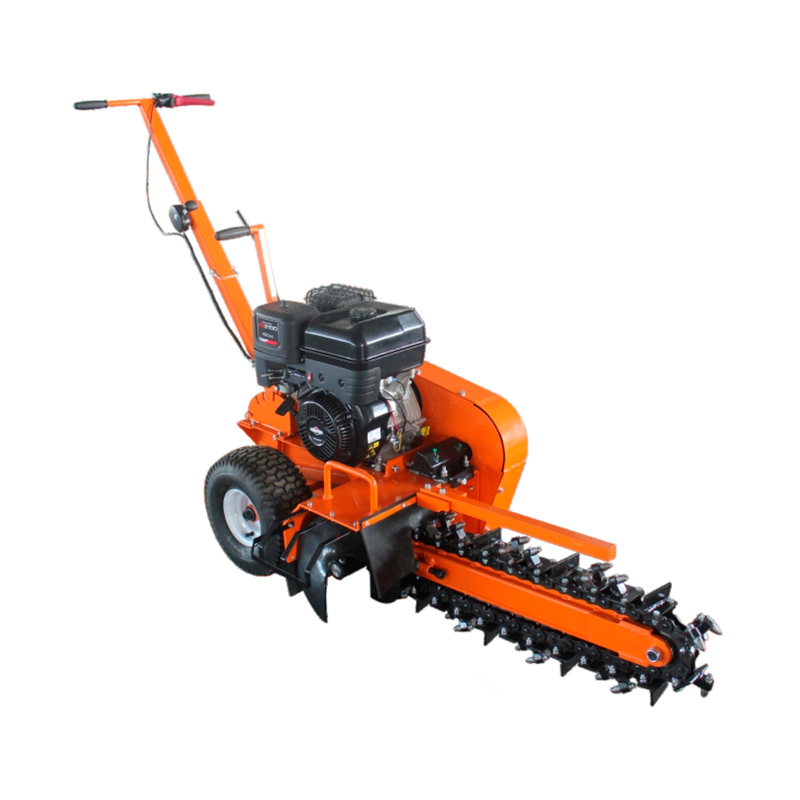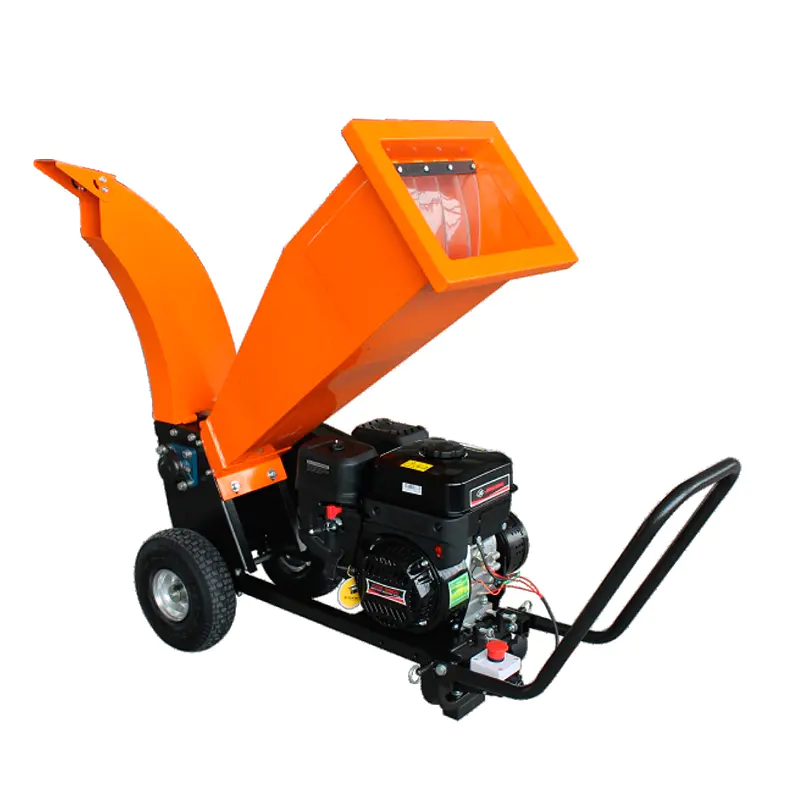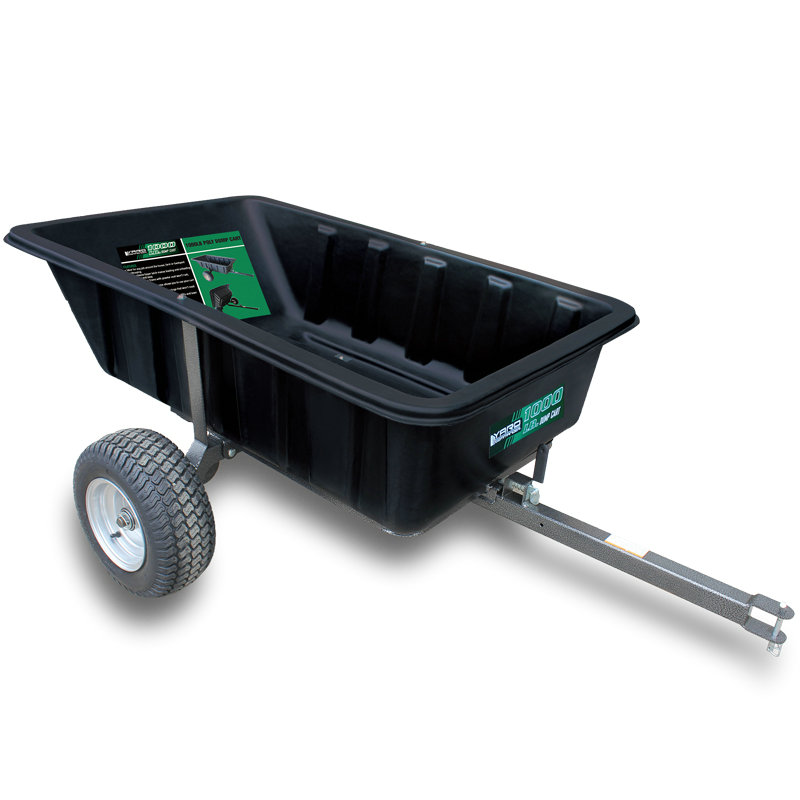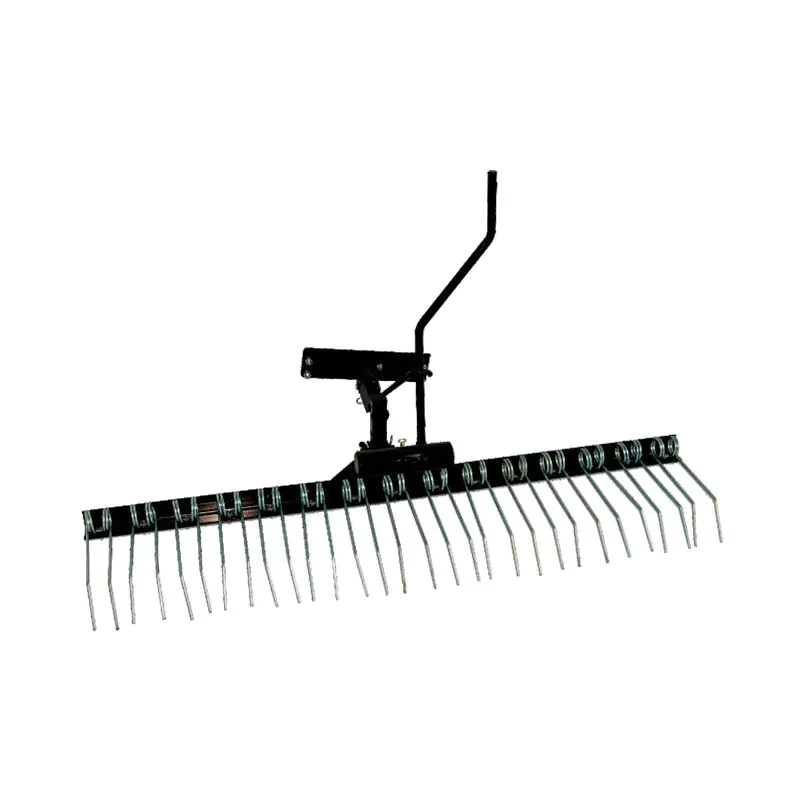The first thing that needs to be mentioned is the inspection of the forward and reverse rotation of the petrol log splitter before use. When the power is turned on, the idling operation must be used in advance to check whether the steering is normal. If it is not normal, it means that the positive and negative poles of the power supply are wrong. Check the power connection to ensure that the steering is normal. How to perform a petrol log splitter inspection for safe production?
The second thing to talk about is that when installing and changing tools, the knife edge must protrude between two to four centimeters from the cutter head, because if it protrudes too much, it will touch the machine around, eventually causing damage to the tool and tightening the bolt. It should also be tightened so that there is no sign of loosening. Once the bolts are loosened during use, the danger of the tool itself will greatly increase.
What I'm talking about again is the problem of wood with stones or steel nails during use. The existence of these problems is very dangerous, because when the machine runs at high speed, these hard substances are likely to affect all the parts in the petrol log splitter. Cause serious damage.
After the petrol log splitter tool works, the cutting edge will gradually change from sharp to blunt under normal conditions; but in some cases the cutting edge will suddenly break. The former type of tool wear is called normal tool wear, and the latter is called abnormal Wear. During the normal wear of petrol log splitter tools, as the cutting time increases, the wear of petrol log splitter tools increases.
Generally can be divided into three stages:
(1) The initial wear stage. Because the rear two surfaces of the newly sharpened tool have extremely rough unevenness and defects such as microcracks, oxidation or carbon layer, and the cutting edge is relatively sharp, the contact area between the flank surface and the surface is small, and the compressive stress is large. , So this order 6 wears faster. The grinding tool has a small amount of initial wear.
(2) Normal wear stage. After initial wear and tear. The rough surface of the tool has been ground and the tool has entered the normal wear stage. The wear at this stage is relatively slow and uniform. Flank wear increases approximately proportionally with cutting time. During normal cutting, this stage takes longer.
(3) The rapid wear stage. When the width of the wear zone increases to a certain limit, the surface roughness of the machined surface becomes rough, the cutting force and the cutting temperature rise rapidly, and the wear speed increases rapidly, so that the tool is damaged and the cutting ability is lost. To use the cutting tools reasonably and ensure the processing quality in production, it is necessary to avoid reaching a wear stage. Before this stage comes, it is necessary to change the knife or replace with a new blade in time.

 see more
see more
 see more
see more
 see more
see more
 see more
see more


